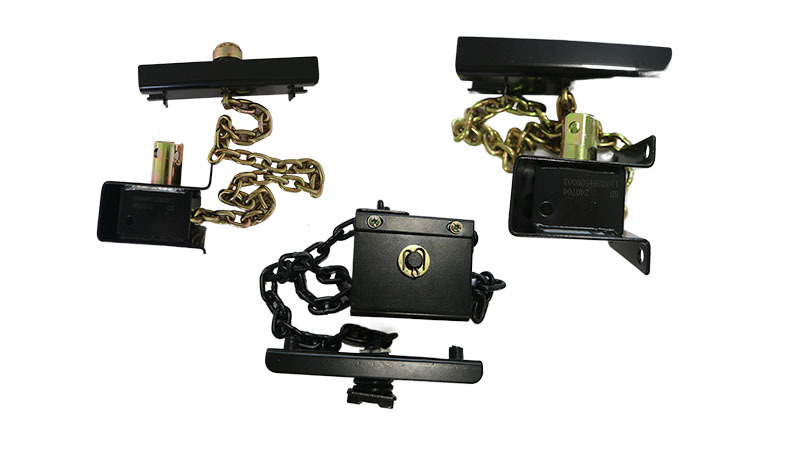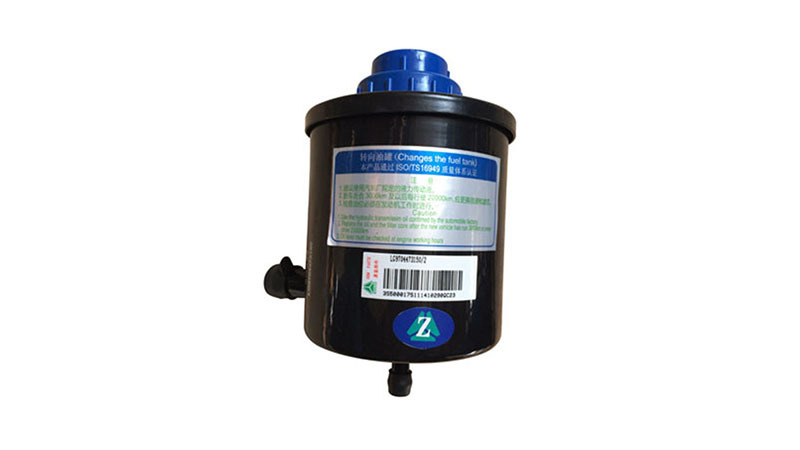Unlocking the Secrets of the Dynamic Oil Tank: How It Works
Sent:
15 00:17:15
Explore the inner workings and benefits of adynamic oil tank, an essential component in modern energy systems.
Understanding the Dynamic Oil Tank
Hey there! So, have you ever wondered how adynamic oil tank actually works? It’s not just a big metal container holding oil; it’s a marvel of modern engineering. This tank plays a pivotal role in the energy industry and understanding its workings can really open your eyes to the complexities of oil management.
The Basics: What’s Inside?
At its core, adynamic oil tank is designed to store oil under various conditions while maintaining its integrity. Think of it as a protective bubble that safeguards the precious liquid from contaminants and temperature fluctuations. The materials used are tough and resilient, ensuring that the oil is kept safe and sound. But hold your horses; there’s more to it than just steel and oil!
How Does It Work?
Alright, let’s dive into the nitty-gritty of how this thing operates. Thedynamic oil tank functions through a system of pumps and valves that regulate the flow of oil. When oil is needed, the pump kicks into gear, drawing oil from the tank and sending it to where it’s needed most. Conversely, when the tank is being replenished, the valves open up to allow new oil to flow in. It’s like a well-choreographed dance!
Key Components
Now, let’s break down some critical components:
- Pumps: These bad boys are responsible for moving the oil in and out of the tank.
- Valves: They control the flow and prevent backflow, keeping everything running smoothly.
- Monitoring Systems: High-tech gadgets that keep tabs on oil levels, temperature, and pressure.
Benefits of Using a Dynamic Oil Tank
Now, you might be thinking—why not just use a regular tank? Well, adynamic oil tank comes with a slew of advantages:
- Efficiency: It optimizes oil storage and retrieval, making the whole process faster and more reliable.
- Safety: With its advanced monitoring systems, it minimizes the risk of leaks and other hazards.
- Cost-Effectiveness: By reducing waste and improving oil management, it can save companies a pretty penny.
Real-World Applications
You might be curious about where thesedynamic oil tanks are used. Well, they’re the unsung heroes in various industries—from oil refineries to power plants and even in residential heating systems. They ensure that everything runs like a well-oiled machine!
The Future of Dynamic Oil Tanks
As we move toward a more sustainable future, the role of adynamic oil tank is evolving. Innovations like automated systems and smart technology are being integrated to enhance efficiency further. Imagine a world where these tanks can communicate with one another—pretty neat, right?
Final Thoughts
So, there you have it! Thedynamic oil tank is more than just a storage unit; it’s a critical component of our energy infrastructure. With its impressive design and functionality, it’s paving the way for a safer and more efficient future in oil management. Next time you hear about oil tanks, you’ll know what the deal is!
Let’s raise a glass (or a tank) to the wonders of engineering, shall we?
Key words:
- All
- Product Management
- News
- Introduction
- Enterprise outlets
- FAQ
- Enterprise Video
- Enterprise Atlas
recommend information









